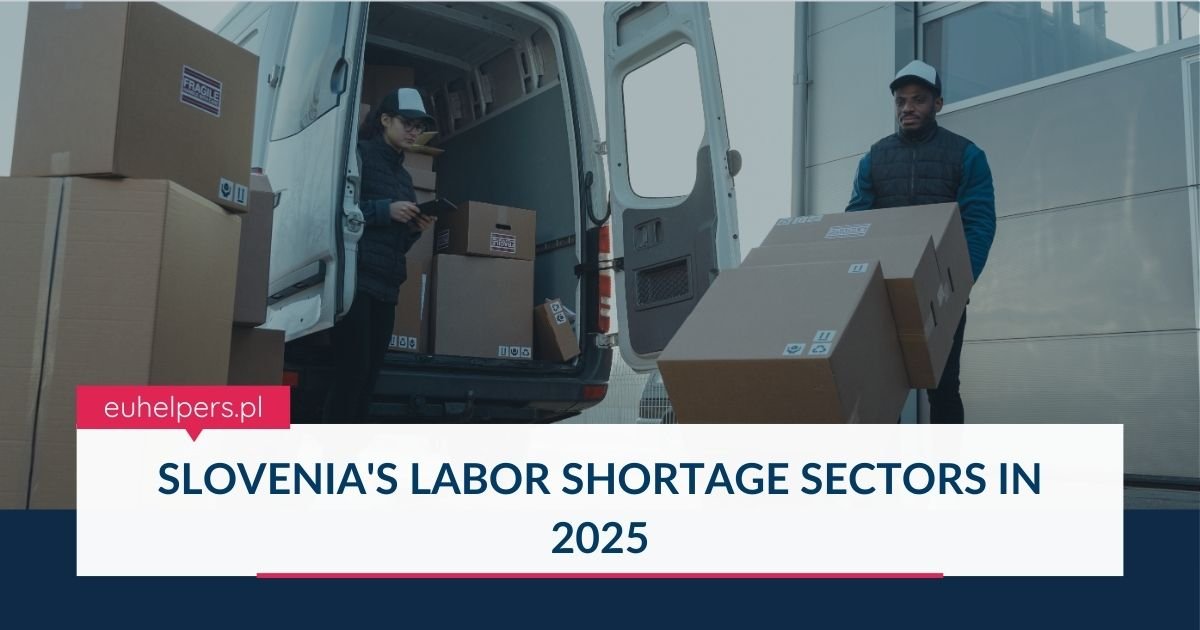As Slovenia enters 2025, several industries continue to struggle with labor shortages, affecting both skilled and unskilled professions. The demand for workers spans various fields, from hospitality and healthcare to construction and IT, creating challenges for businesses and opportunities for job seekers.
High Demand in Hospitality and Food Services
The hospitality sector remains one of the hardest hit, with a persistent shortage of chefs, cooks, kitchen helpers, and related food preparers. As tourism continues to thrive, the demand for these roles is expected to grow, yet businesses face difficulties in finding qualified staff.
Construction and Skilled Trades Facing Workforce Gaps
The construction industry is also experiencing a labor deficit, with a pressing need for building construction laborers, painters, plumbers, pipe fitters, welders, flame cutters, and toolmakers. These roles are crucial for ongoing infrastructure projects, yet employers are struggling to attract workers.
Cleaning and Security Services Understaffed
A shortage of cleaners and helpers in offices, hotels, and other establishments, as well as security guards, is affecting businesses and public institutions. Many employers are looking for solutions, including hiring foreign workers or offering better wages.
Healthcare Sector in Urgent Need of Professionals
The healthcare industry is one of the most affected, with shortages across multiple roles, including healthcare assistants, nursing associate professionals, generalist and specialist medical practitioners, dentists, and physiotherapists. With an aging population and increasing healthcare demands, Slovenia faces a critical need to attract and retain medical professionals.
Growing IT and Engineering Workforce Gaps
The technology sector is also feeling the strain, with high demand for applications programmers and software developers. As digital transformation accelerates, companies are struggling to recruit enough qualified professionals. Similarly, various engineering fields continue to experience workforce shortages, making it difficult to meet industrial and technological development goals.
Education Sector Seeks More Teachers
Slovenia’s education system is facing difficulties in hiring teachers across different levels of education. The aging workforce and a lack of new educators entering the field are causing disruptions in schools and universities.
Opportunities for Job Seekers
For individuals seeking employment or career changes, these shortages present significant opportunities. Employers are increasingly offering better salaries, training programs, and benefits to attract workers. Additionally, the government may introduce incentives to encourage more people to enter these in-demand professions.
As Slovenia navigates these labor shortages in 2025, solutions such as upskilling local workers, streamlining immigration policies for foreign professionals, and improving working conditions will be essential to maintaining economic stability and growth.

